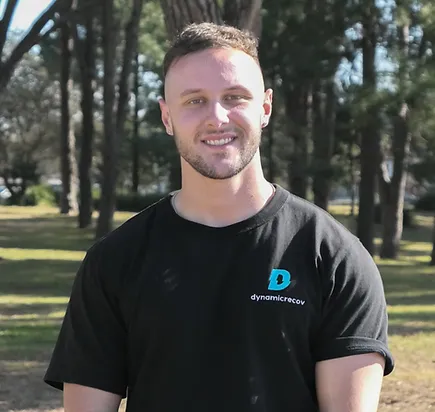
HOW TO RECOVER POST SESSION
HOW TO RECOVER POST SESSION
Everyone talks about recovery but when is it actually necessary to do a full on recovery protocol??
Recovery can be seen from different angles and involves many different avenues such as stretching, cold/hot water immersion, rest, inflammation reduction and the list goes on but what is necessary and what should be done and when?
The way I would prepare an athlete for competition is to create a program that involves phases that go up and down depending on the stage they are in pre and post competition. This will involve periods of recovery/rest and periods of high intensity/steady state.

The way I would instruct us non athletes is to listen to your body as
being connected to your body as one holistic unit will provide you with all the information necessary to know when you need rest/recovery or if you are able to take something heavy on!!
When To Use Recovery Aides
There will be times in your training program that you may need to utilise equipment or aides to assist with promoting faster healing if you took on more than your body could handle.
I like to use massage tools such as the foam roller as I tend to do a lot of contracting work through weight lifting or high force sports like football. This results in my joints becoming pretty tight post session and these aides help with releasing tension in my muscles to take the stress off my joints.
Mobility training is something I rave about and is more of the long term fix I believe in to ensure you do not need too many recovery aides in your life.
You will notice many athletes using cold/hot water immersion, massage guns and other various tools but the benefit added is so minor that there is little to no point if you are someone that trains for health and general fitness.
If you are undergoing rehabilitation post injury your physio or allied health professional may advise for some recovery equipment to be used however is taught to be more of a pain relieving tool rather than a fixer of the underlying issue.
What Recovery Tools To Use
The types of tools depends on what you are using them for. You may not need specific tools and some can actually cause more damage to your body. Remember putting a bandaid on a problem is not allowing your body to heal in its normal way so you are basically slowing down the process of recovery that your body is already good at doing.
For example, athletes or those who play sport may strap their joints when they find some imbalance or pain and this is only going to lead to increased reliance on the strap. Your body is going to react and think it does not require full strength in the joint anymore as it is being covered by the strap already.
Remember to recover dynamically - use your body to heal and strengthen through bodyweight movements.
Start small and join a yoga class or follow along on our page @dynamicrecov for some tips and tricks to get your mobility flow started :)
